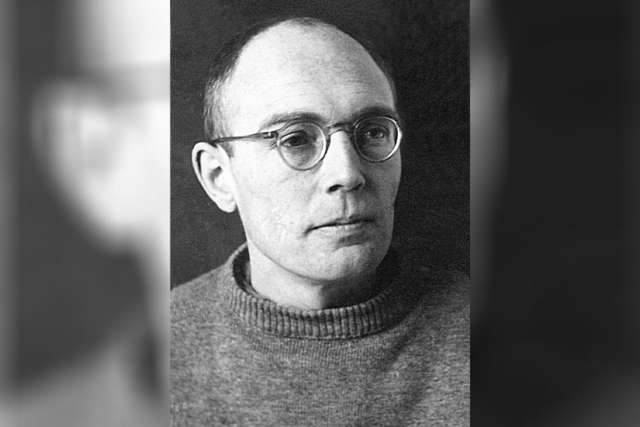Commemorations this week celebrated the closure, which came in the waning days of the Second World War.
It was not formally a monastery, but a concentration camp: Dachau. It was the first Nazi concentration camp, set up primarily for political prisoners in 1933. As the depradations of the Nazi regime gave rise to war, the number of camps increased as did the number of those sent to them.
The brutal atheism of the Nazi regime targeted the clergy for special persecution. For those clergy not killed outright, Dachau became the centralized destination. A special “priest barracks” was set up and the clergy were subject to special treatment, sometimes favourable, in terms of being allowed to worship, and sometimes unfavourable, as for example when dozens of priests were tortured to mark Good Friday.
There were some 2,700 clergy imprisoned at Dachau, nearly 95 per cent of them Polish Catholic priests. That made Dachau one of the largest residences for priests in the history of the Church — hence the “world’s largest monastery.”
“Dachau was the main camp for priests from all over Europe,” said Msgr. Józef Kloch, spokesman for the Polish bishops’ conference. “We want to highlight this as we remember the camp’s liberation by the U.S. Army, paying same day tribute to those who died, as well as to their spiritual achievements in such appalling conditions.”
Digital Columnists
The article you have requested is only available to subscribers of the Catholic Register.
There are two ways to read this article.
1. Subscribe to our digital edition and read the complete newspaper, plus additional features, on your PC, laptop or tablet. Subscription rates start at just $3.99.
2. Subscribe to our weekly newspaper and have the print edition delivered right to you door each week.


